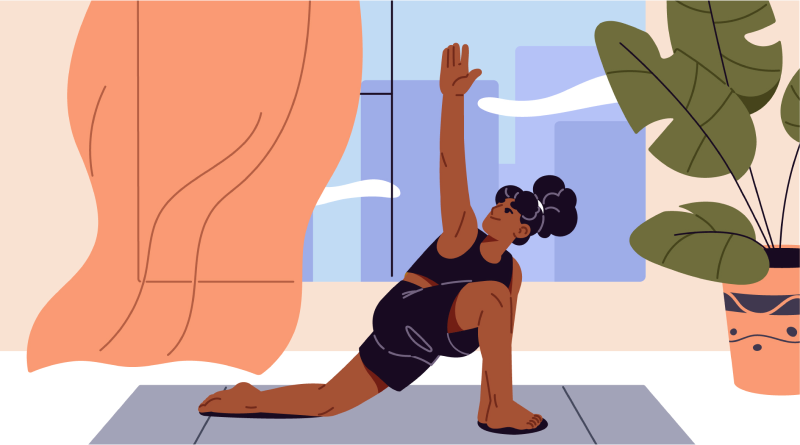A healthy lifestyle can help build your resilience1
Engaging in healthy lifestyle habits is a big part of looking after yourself when you have cTTP. Besides helping you manage your condition, it can promote your overall health and wellbeing – for example, by positively affecting your self-esteem.2 Take time, every now and then, to see if you are making healthy lifestyle choices such as the ones below.
Being kind to yourself
Living a healthy lifestyle is not easy, and people with cTTP can feel depressed and tired at times.3 Feelings like this can sometimes make it harder to stick to good habits such as exercising. Be aware of this, and be kind to yourself if you slip up from time to time and focus on the long-term goal.
Connect with your care team
Connecting periodically and honestly with your care team is a key source of support for your condition.4 This allows your team to keep up to date with how you are feeling and how your treatment is going. Ensure you attend any scheduled check-ups and consider using any apps or means of contact that they may have given you. Consider your healthcare specialists among your first points of contact if you have any concerns about your condition or notice any changes.
Adopting healthy habits through diet and exercise
Eating well: A balanced diet5,6
It's important to eat a variety of foods to ensure your body gets all the necessary nutrients. Whenever possible, choose healthy (unsaturated) fats and drink plenty of fluids, such as water, to stay hydrated. Try to reduce your intake of sweetened beverages and processed foods.
Exercising
cTTP can make exercising difficult due to fatigue and pain, but for those who can, there is plenty of evidence showing that exercise and activity help to promote a healthier and happier life.7 However, most people don’t meet the recommended amount of daily exercise,7 partly because technology has made our lives easier.7 In addition to staying active and exercising, it's important to reduce the time you spend sitting. Being inactive for long periods of time has been connected to negative health effects.7
Consider the following ways of incorporating exercise into your life. It’s important to choose an activity you enjoy doing as this makes it more likely that you will continue it in the long run. It is recommended that you speak with your doctor who can advise you about exercise and your condition (including any activities you may want to avoid).

Quick Tip
It is recommended that adults exercise a minimum of 30 minutes a day.8 If you find that you can’t quite manage the full 30 minutes, try to do as much as you can because some physical activity is better than none.9

If you're feeling up to it, try to include activities that get your heart pumping, like brisk walking, and exercises that build strength, like using resistance bands, in your workout routine.10 You may want to add flexibility and balance activities too.11 Bear in mind, you can formally engage in an exercise program at the gym or modify your daily activities, or even better, do both.
- Aerobic: walking, running, swimming, taking the stairs, housework such as vacuuming, playing with your dog.
- Resistance: using weights or resistance bands, heavy gardening or manual work, and bodyweight exercises such as push-ups and yoga.
- Flexibility: stretching routines or activities such as yoga and pilates. Household chores like gardening or cleaning also involve bending and stretching.
- Balance: exercises such as standing on one leg, practicing Tai chi, or engaging in sports that challenge your balance. You can also use balance boards or incorporate balance into household chores, such as taking laundry up and down the stairs.
Make sure to consult a doctor before starting an exercise regimen.
Healthy body and mind
Remember, a healthy lifestyle needs a holistic approach. This means focusing on your physical health and also paying attention to your emotional health and social life.